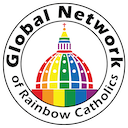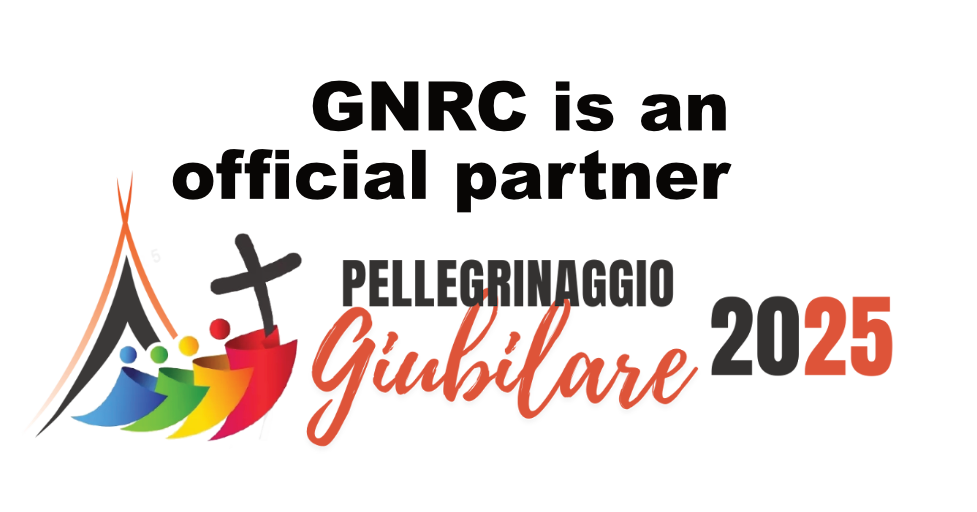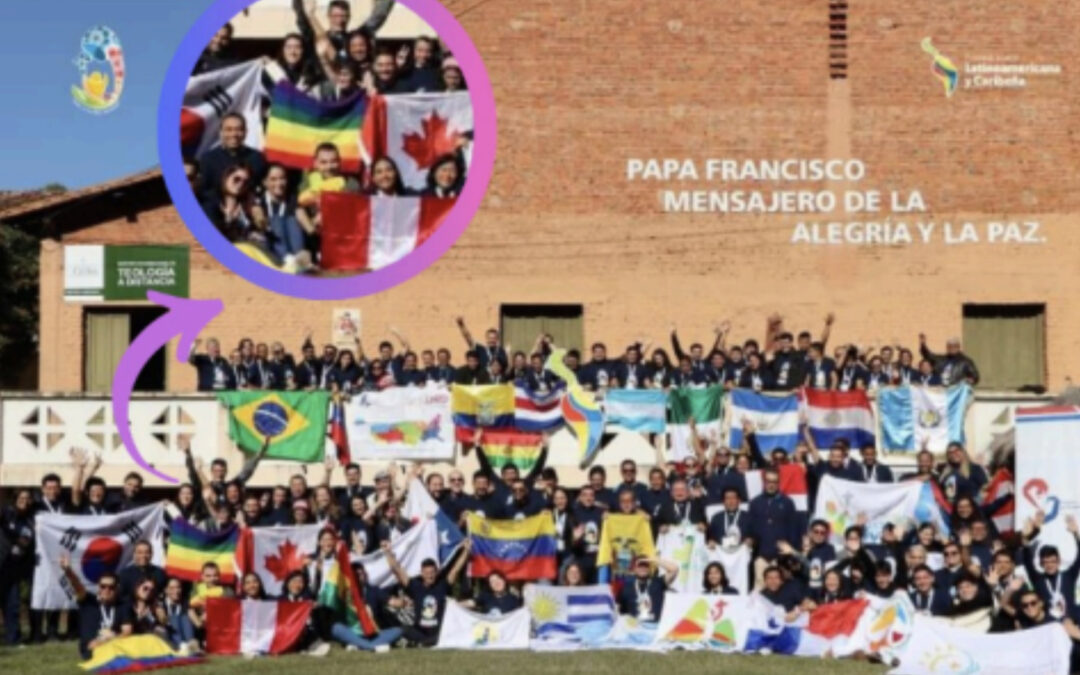Being a sexually diverse person and choosing to preserve your spiritual identity as a Catholic has been one of the most intense and complex journeys of my life. There are days when I’ve felt like David standing before Goliath: small, unarmed, fragile, vulnerable. Not because I’m engaged in a confrontation, but because it’s easy to feel that way when the homo-bi-transphobic institutional sectors of the Church seem to have no room for us. Those of us who are part of the LGBTIQ+ Catholic community have had to learn to hold onto our faith from that place of smallness, with a blend of deep love, patient hope, and a faith that has been tested.
But not everything has been darkness. In fact, the greatest gift of this path has been the encounter: real, deep, sincere encounters with LGBTIQ+ people who also love God, who want to live their faith, who desire to build authentic communities rooted in their truth. People who, despite many wounds and exclusions, have cultivated beautiful fruits—resilience, compassion, integrity, service. Diverse pastoral ministry has been a space of grace, healing, and celebration of life, just as God dreamed it.
From my role as the Latin American regional delegate of the Global Network of Rainbow Catholics (GNRC), I’ve participated in many spaces of ecclesial dialogue. Many of them have been truly beautiful: Catholic youth, pastoral agents, religious sisters, priests, and lay people listening, sharing, praying
together. We are present in all parish groups, in music ministries, catechesis programs, youth ministries, and even within the clergy. And we don’t just exist—we are often those who help sustain community life.
There’s a very clear pattern I’ve identified: the existence of LGBTIQ+ Catholics is not a secret to the Church. In most cases, our existence is not the problem.
The problem arises when we decide to make it visible.
A clear example happened last year during a youth pastoral meeting organized by CELAM (the Latin American and Caribbean Episcopal Council). As a GNRC network, we were invited to represent LGBTIQ+ believing youth and to share our pastoral journey. At first, the welcome was very positive— there was listening, openness, even joy. But the moment of tension came when we brought out our flag and gave a public presentation about our work. That’s when the uncomfortable comments, the averted gazes, the unease began. Not because of what we said, but simply because we made ourselves visible.
A similar situation often occurs in the context of confession. Many LGBTIQ+ faithful have shared that, when they open their hearts in this sacrament, they are often met with compassionate listening, understanding, and mercy from priests. Sexual diversity, when shared in private, is often received with pastoral care. However, when it’s expressed from affirmation, from identity and pride, it often becomes a source of tension or censorship. As if the message were: “You can be LGBTIQ+, as long as you don’t say it out loud.”
This pattern reveals something profound: we still struggle to visibly integrate sexual diversity into the life of the Church. It’s not enough to be “tolerated” in silence. We need spaces where we can live our faith with authenticity and without hiding.
That’s why I believe that, now more than ever, those of us who are LGBTIQ+ and believers need to be filled with courage and empowerment. Not to confront, but to inhabit. To be present. To build. To remember that we too are Church, that our voice matters, and that our gifts belong in the Body of Christ. Yes, it’s frightening to speak up, to show our faces, to say, “I am part of this too.” But the Spirit dwells in that fear as well.
BECAUSE IT’S NOT JUST ABOUT EXISTING IN THE CHURCH.
IT’S ABOUT EXISTING VISIBLY.
And walking, step by step, toward a Church where love has no labels, and where every person can say freely and joyfully: “this is my home too.”
Arturo Retana Lobo
Cisgender gay man from Costa Rica
Founder of Espacio Seguro community
Latin American Regional Delegate of GNRC


